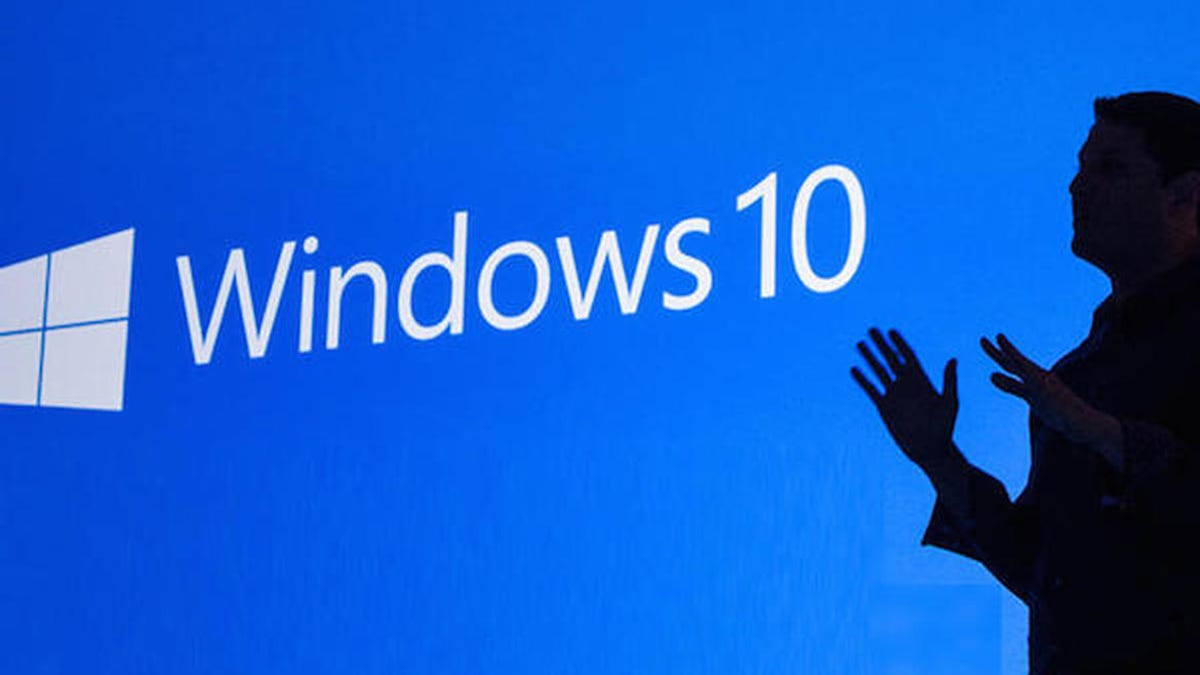Originally posted by starshipeleven
View Post
Your method is feasible if you have only a few simple dependencies. For example, I had to build my version of libtiff4 for RawTherepee, then use rpath, because the system library was too old.
However, it is not the case when your app have requires half of GNOME libraries. Then you literally create your own distribution. Flatpak (Freedesktop and its derivatives: GNOME and KDE) and Snap (Core 16, Core 18) do this, but it's not a job for just one person.
And it is even worse when the program requires key components that are not included in the system, such as PulseAudio, PipeWire, systemd or some of kernel capabilities (e.g. cgroups). Then you are grounded.
Of course, Flatpak and Snap can help in some cases, but none of them is a magic cure for Linux problems. In addition, they are not available for older systems.








Comment